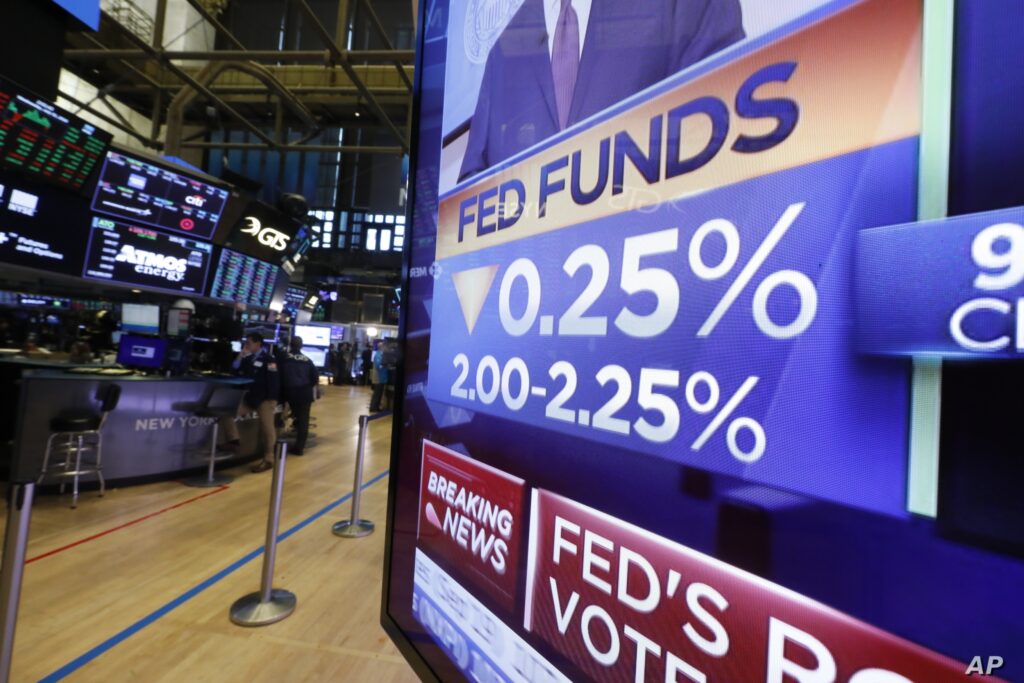Last week, the Federal Reserve lowered the Fed Funds rate by 0.25% or 25 basis points. I agree with the 25 bp move for a couple of reasons:
- Many other central banks such as the European Central Bank, Bank of Japan, and Bank of China, are lowering rates, so the Fed needs to as well to keep in line with other central banks.
- If the Fed did not lower rates, it may cause the US Dollar to strengthen to the point that US exports would be more expensive, thereby causing trouble ahead for US exporters.
- Inflation is not great but deflation may be worse. The Fed targets an inflation rate of 2% +/- and actual inflation has not hit 2% on average for many quarters. Lowering rates should theoretically cause slightly higher inflation, and should also work against deflation.
- Longer-term interest rates not controlled by the Fed have been trending downward, meaning the yield curve is extremely flat, even slightly inverted at times. The Fed’s lowering of the short-term Fed Funds rate will help to alleviate an inverted yield curve, which in the past has signaled a recession.

25 vs. 50
Some out there wanted to Fed to lower rates by 50 basis points instead of 25, theorizing that such a move would be a “one and done” and would thereby provide a clearer path within which the US economy could operate, I understand the rationale, but that’s not the way the Fed operates. The Fed has been raising rates (or at least not lowering rates) for 10 years. They weren’t about to reverse course abruptly, and a 50 basis point drop in the Fed Funds rate would have been an abrupt reversal of policy. Perhaps if there had been an emergency, along the lines of the October 1987 stock market crash or September 11, a 50 basis point drop would have been warranted, but current economic conditions aren’t nearly an emergency along those lines. In fact, many economists, as well as 2 of the Fed governors, argued that there should be no rate cut and that the US economy remains strong enough so as not to warrant a cut. Several careers ago, during my time at a large commercial bank doing risk grading of the loans I managed, I learned that the regulators want to see sequential changes in risk grading. Step by step only, and don’t skip any steps. Fed policy is the same way: A 25 basis point drop in rates was the next sequential step, and a 50 basis point drop would have meant skipping a step, which is not the right way to do it.
IMO
I think the Fed’s steps are bullish for asset prices. Lower interest rates mean lower borrowing costs for individuals and companies, which is good for corporate earnings and therefore good for stock prices. Mortgage rates have trended lower all year, which is good for home buyers and home prices, and the Fed’s decision will only help in that regard. Hopefully, longer-term interest rates will stabilize or maybe even trend slightly upward and thereby avoid the yield curve inversion. If you own stocks or own real estate, this is all good news.
